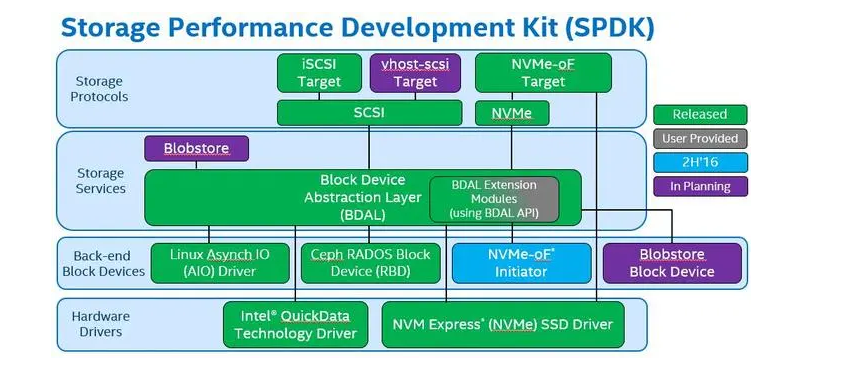The error message you encountered indicates that the assembly instruction crc32cw is not supported by the CPU architecture you’re compiling for. This typically means that your code is attempting to use features (like CRC instructions) that are not available on the target architecture.
Here are some steps to resolve this issue:
Check CPU Architecture: Ensure that your target CPU supports the instruction set required for the operation. The
crc32cwinstruction requires ARMv8.2-A or later, which includes support for CRC instructions. If your target device uses an earlier version of ARM or a different architecture (e.g., ARMv7), this instruction will fail.Conditional Compilation: Use preprocessor directives to check for CPU capabilities and conditionally include code depending on whether these instructions are available:
#if defined(__ARM_FEATURE_CRC32)
__asm__ ("crc32cw %w0, %w0, %w1\n\t" : "+r"(result) : "r"(input));
#else
// Provide alternative implementation if crc32cw is not supported
#endif
Compiler Flags: Make sure you’re using the correct compiler flags to enable features specific to your architecture when compiling with GCC/Clang. For example, if you’re targeting ARM Cortex-A series processors with ARMv8, you might want to use flags like
-march=armv8-a.Update Toolchain/NDK: Ensure that you are using an up-to-date toolchain or Android NDK version that supports the desired instruction set and CPU features.
Review Code Base: If you’re working with a third-party library (like Crypto++ in this case), check if there is an updated version of the library that provides better compatibility or handles different architectures more gracefully.
Fallback Options: Implement fallback mechanisms for CRC calculations when hardware support isn’t available — either by using software implementations or checking at runtime if certain instructions can be used before invoking them.
By following these guidelines, you should be able to address the issues related to unsupported instructions in your assembly code. If you need further assistance with specifics about your setup, feel free to provide additional context!
内容由零声教学AI助手提供,问题来源于学员提问





















